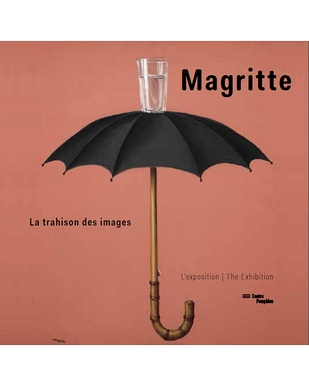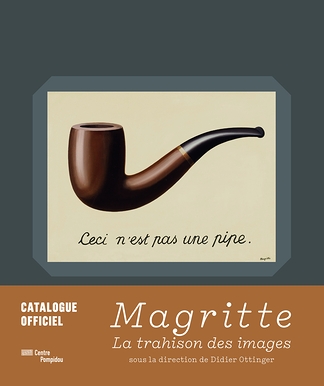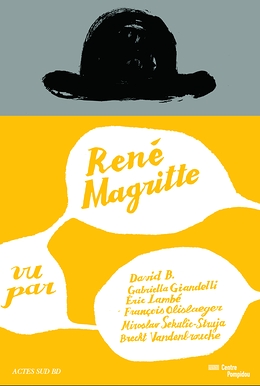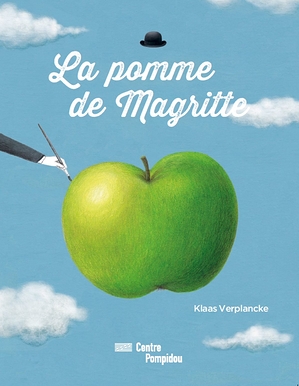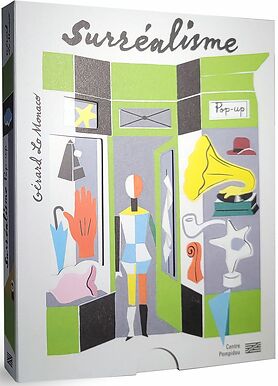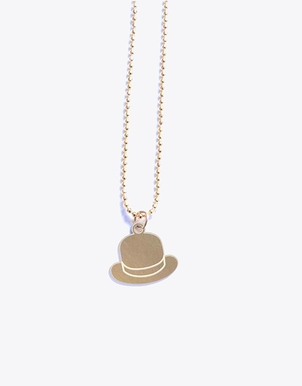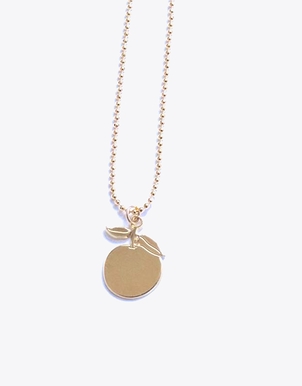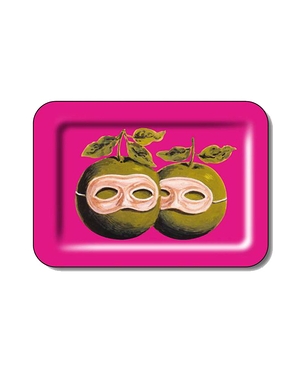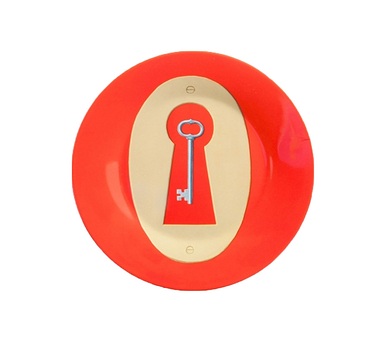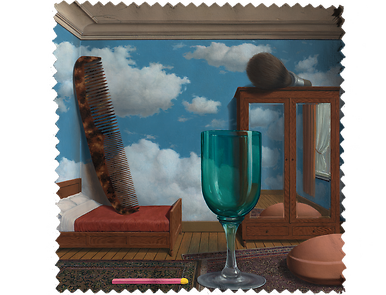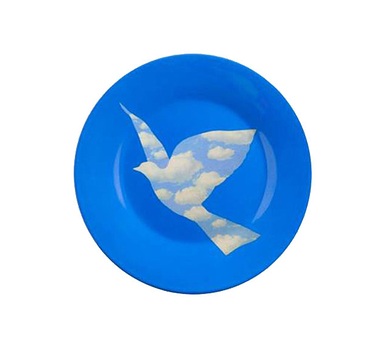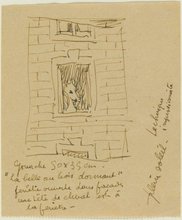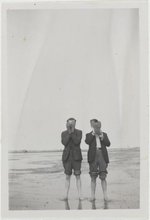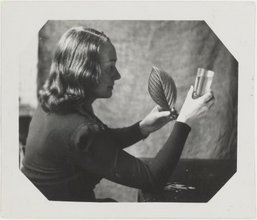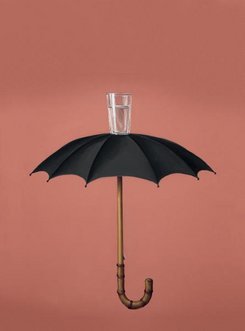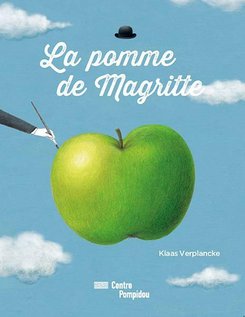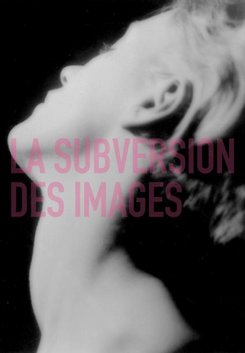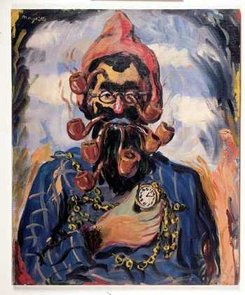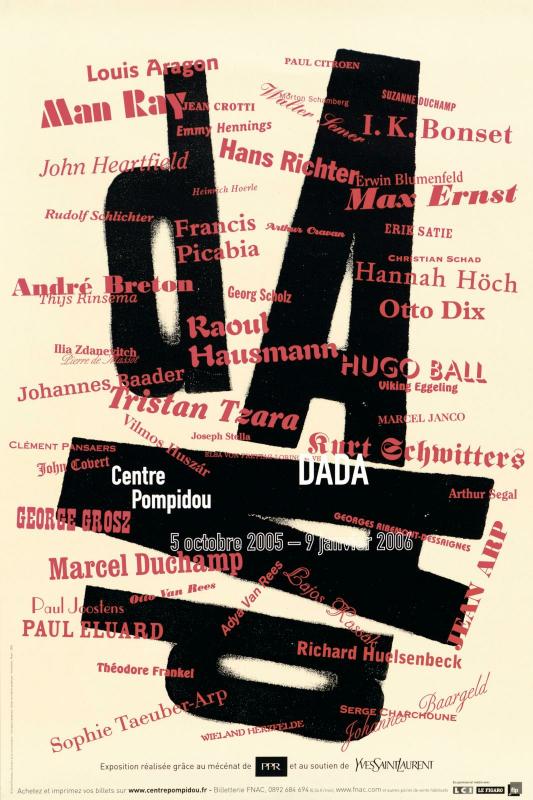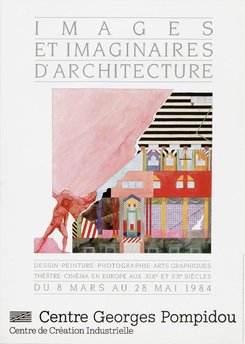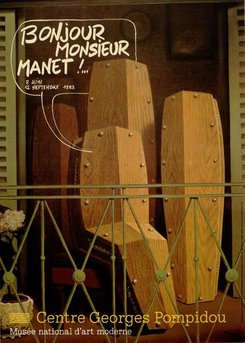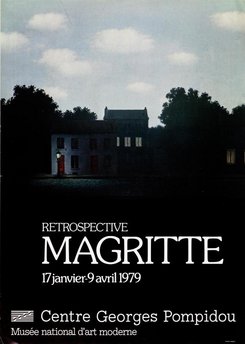Artist/personality
René Magritte
Peintre

René Magritte
Peintre
Nationalité belge
Birth: 1898, Lessines (Belgique)
Death: 1967, Bruxelles (Belgique)
© Adagp, Paris
Biography
René Magritte, painter par excellence of mental images, developed a style recognisable by all starting with his first paintings in the 1920s. He used a neutral mode of representation to create disturbing images, featuring recurrent motifs (apples, pipes, top hats, clouds and so on). With his constant games between the object and its representation, his relationship to language and his scathing humour, Magritte pushed the boundaries of the pictorial image. Though he had close ties with artistic movements such as Surrealism, he maintained a distant relationship with psychoanalysis all his life, preferring philosophy. His motifs should not be analysed as symbols, but rather taken as they are, i.e. elements of daily life. "Don’t look for anything behind my paintings: behind them, there is the wall", he affirmed.
Son of a tailor and a milliner, young Magritte took painting classes as early as 1910. He was influenced by movie posters, cartoons and the character of Fantômas. The suicide of his mother, who drowned herself in the River Sambre when he was only 14, was a traumatic episode that he would scarcely talk about for the rest of his life. His father financially supported his move to Brussels in 1915. Magritte enrolled at the Academy of Fine Arts and met Paul Delvaux. The young painter quickly began to earn his living through various commissions: advertising posters, wallpaper designs, and so on. After World War I, he married Georgette Berger, who would become his model for many paintings, such as Portrait de Georgette au bilboquet (Portrait of Georgette with Cup And Ball, 1926).
To his friend Marcel Lecomte, he owed the discovery of Dada and the paintings of Giorgio de Chirico, about whom he said: "my eyes saw thought for the first time". Following this discovery, he created his first paintings of words in which he combined the image of an object and an arbitrary inscription. He was part of the Belgian group of Surrealists founded in 1926 by Paul Nougé, a scientist by training, which gave his painting a "scientist" bent. From 1927 to 1930, his time in the Paris region brought him closer to the Parisian Surrealists and André Breton, but it didn’t take long for the two to fall out, with Breton deeming Magritte's lifestyle "too bourgeois".
At the time, Magritte’s painting used an intentionally academic style, creating powerful, mysterious, even sadistic images. Magritte confronted the viewer with feelings of unease, emphasized by the precision of his style, such as in Le Ciel meurtrier (The Murderous Sky, 1927), in which he returned to the motif of the half-eaten bird from his famous painting Le Plaisir (The Pleasure, 1927). In 1932, Magritte painted Les Affinités électives (Elective Affinities), which marked the beginning of a new period in his work: the egg takes the position of the bird in the cage, and logic replaces the "fortuitous encounters" beloved by the Surrealists. This process is found in the famous Le Modèle rouge (The Red Model, 1935), a small-format work representing shoes made from feet. This new period saw a rise in his production and a greater number of exhibitions.
Through to the end of his life, Magritte continued to subvert expectations, from his "Renoir period" in 1943 to 1945, during which he borrowed the Impressionist style, to his "Vache period", six weeks in 1948 during which he created some forty paintings. These days, his pictorial inventions are engraved on the collective unconscious.
Medias
Events
In the store
